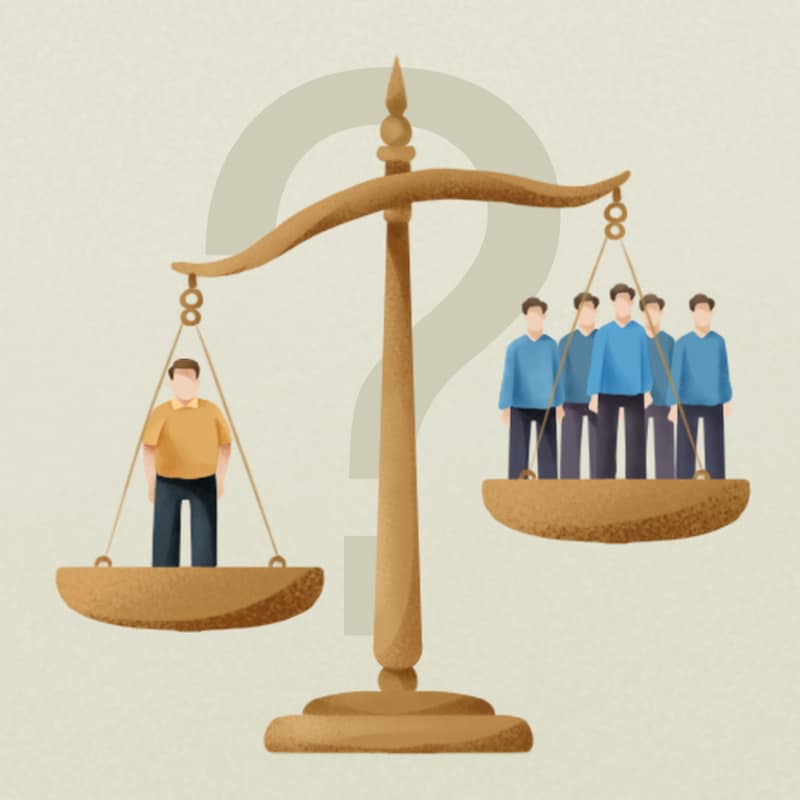Shownotes
To make the world a better place, we are often told to take the ethical action, get the right result, and constantly seek the beauty of humanity through justice. But things are not always black and white. At times we may feel although every choice has a logical aspect, it also brings some problematic repercussions. In such circumstances, we postulate ambiguity between right and wrong; we evaluate how to make a decision and choices made by others.
A classic example of this conundrum is the trolley problem, proposed by British philosopher Philippa Ruth Foot in 1967. The thought experiment went as follows: You are the conductor of a trolley barreling out of control. If you allow the trolley to charge forward, you will collide into and kill the five people on the track. If you steer the trolley onto a sidetrack, the five people will be saved, but in turn, you will kill one person on the sidetrack. What should you do?
There is no clear-cut answer to this question. For decades experts and scholars have discussed the trolley problem through the lenses of Philosophy, Ethics, Law and even Neuroscience, most of the arguments being fairly complex and field-specific. On the contrary, this book has found a new way to dissect the enigma.



